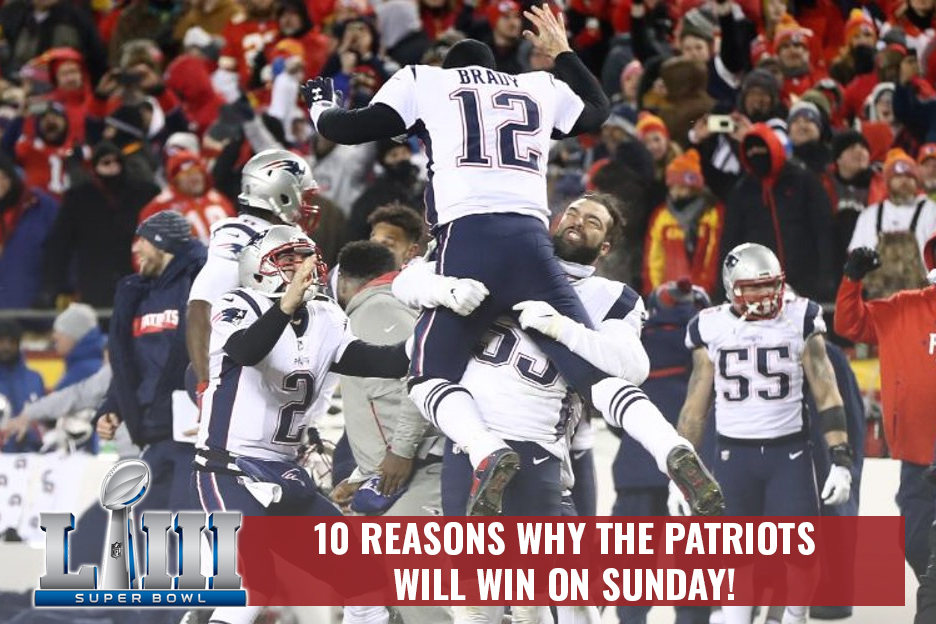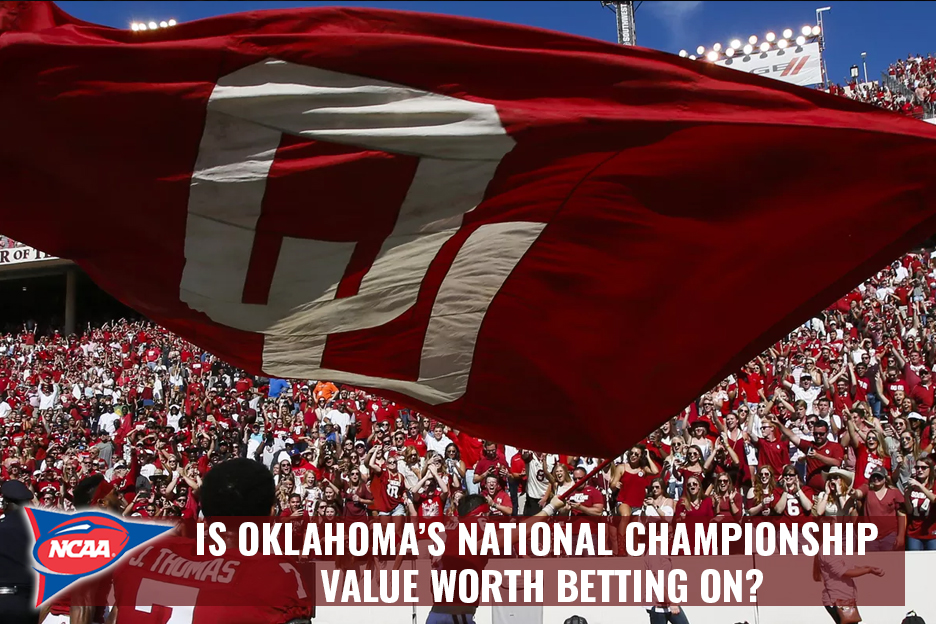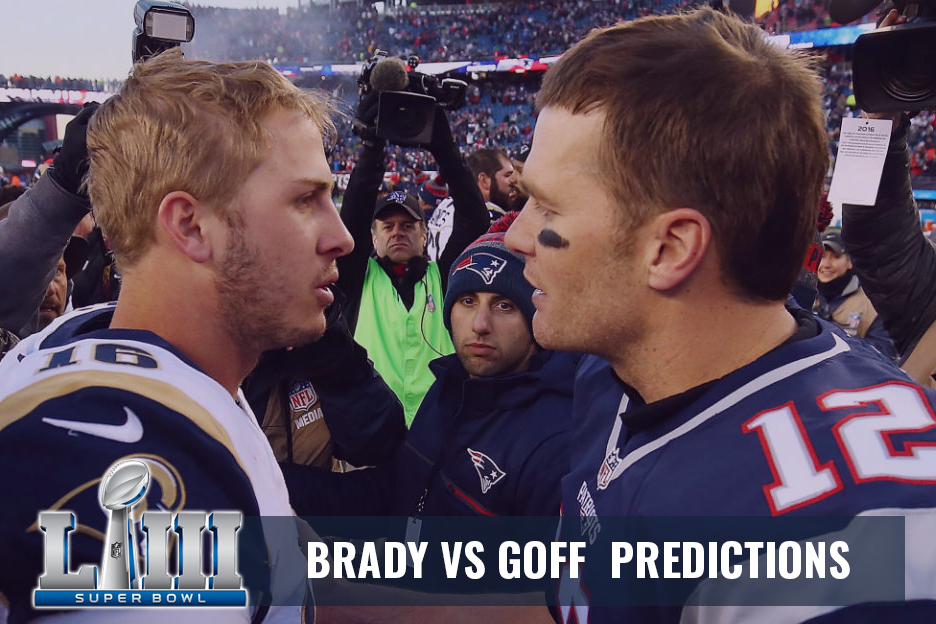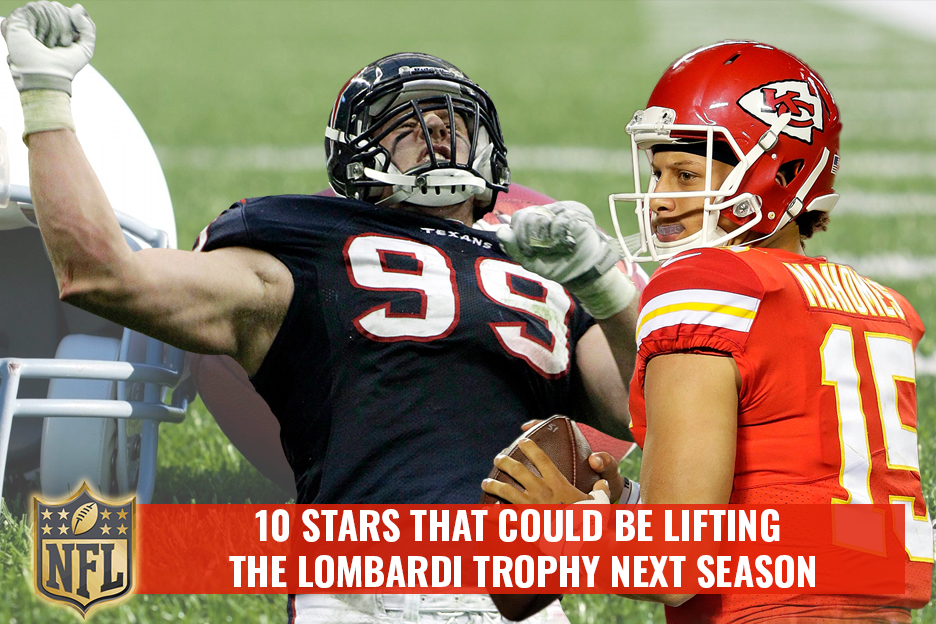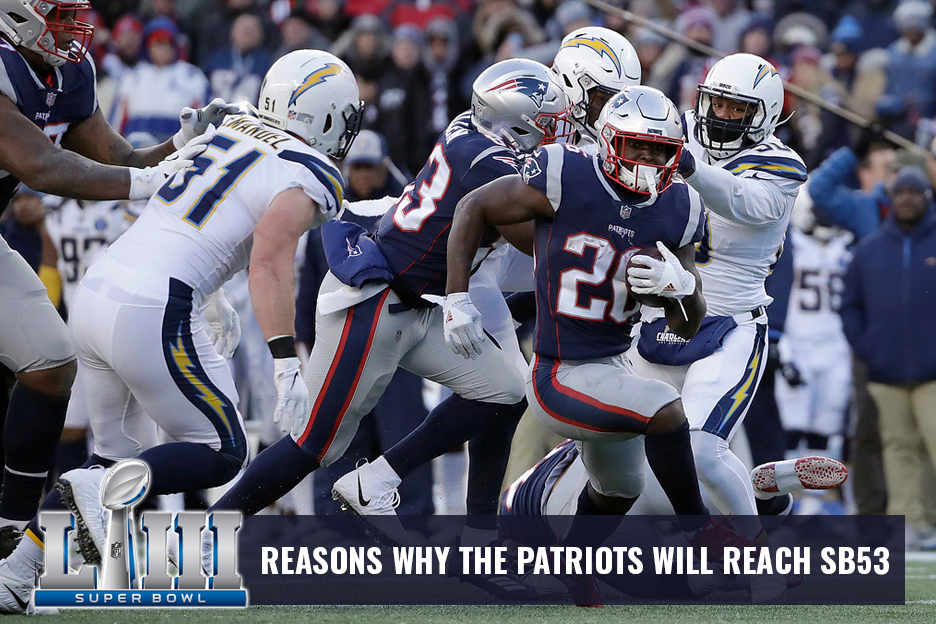

Posted in: General

The best way to bet on sports is with a disciplined approach that includes smart money management. You avoid taking heavy losses and jeopardizing your bankroll when betting in this manner.
Of course, using the perfect approach to sports gambling is easier said than done. We’re all humans and are prone to mistakes caused by emotions.
One of the most-common sports betting mistakes involves chasing losses. This concept is exactly how it sounds in that you chase losing wagers with more bets.
Logically, everybody knows it’s a poor idea to make extra wagers just to win back previous losses. After all, you could end up doubling your losses or even worse.
But it’s hard to reason with yourself when you’re trying to end a losing streak. It only becomes more difficult when the losses grow, and you need a big win to break even.
As bad as chasing losses is, though, there’s a rare time where it’s not such a bad practice. Keep reading as I cover more on trying to win back losses along with one instance where it’s not so terrible.
I just discussed how pursuing losses is one of the worst things you can do in sports gambling. But exactly how much can this devastate your bankroll?
You can quickly burn through your gambling funds, and then some, by going after losses. In fact, I’ve seen numerous forum posts with bettors discussing how chasing losses ruined them.
Here’s an example to show how much more money you stand to lose by refusing to accept losses:
If you’d simply stopped after losing the first three wagers, you’d have saved yourself $300. This type of scenario is where any logical person can see the value in cutting their losses and moving on.
Unfortunately, pursuing losses is far more about emotions than it is money. Nobody wants to end the week a loser, which is why they try to win back anything they’ve lost.
This mindset leads to making uninformed bets in a desperate attempt to win some or all of your money back.
A number of situations can lead a sports gambler to chase losses. But perhaps the most common scenario is when you’re stuck in a losing streak and searching for any way to end it.
Many people underestimate just how much volatility is involved in sports betting. Volatility refers to how much short-term results can vary from the long-term statistical average.
Considering that even bad sports bettors win around 45% of standard wagers, sports gambling isn’t nearly as volatile as slot machines or video poker. The problem, though, is when gamblers take this for granted and assume that they’re “due” for a win following every 1-2 losses.
Statistically speaking, your losing streaks should be relatively short if you’re making safe point spread, moneyline, and totals wagers. But you can never discount the chances that you’ll lose 5-8 bets in a row.
Even when you do get a couple wins to end the losing streak, you can continue a losing pattern for a while. For example:
A close loss is another situation that can lead you to chase. You’re going to be very frustrated if you bet on the New York jets to cover -6.5, and they give up a last-second touchdown that cuts their winning margin to 6 points.
Some bettors put this frustration towards more wagers that they shouldn’t be making. Their mindset is that they were robbed of a win and want to get it back.
Even winning can lead to a strange form of chasing losses.
At least you aren’t in the red in this situation. But you could’ve advanced your sports betting career with the $2k win, rather than wagering it recklessly.
So far, I’ve covered how going after losses is the worst thing in sports betting. But as promised, I also want to point out that chasing losses can be profitable in rare instances.
Sometimes, you come off a rough day/week and convince yourself that it’s wise to stop gambling for the rest of the week. Having the willpower to stop yourself is key to not pursing losses.
But what if you spot a certain inefficiency in sports betting that can be exploited again and again? In this instance, it does you no good to quit betting when there’s a profitable scenario available.
Here’s a personal example that I experienced during the 2017 NFL season and 2017-18 NBA season:
Sportsbooks eventually corrected this inefficiency and starting pricing the Rockets’ first-half point spreads more appropriately. Luckily, I still won all of my NFL losses back and more thanks to NBA bets.
One could say that I wasn’t technically chasing after losses and instead exploiting a great opportunity. But the whole reason why I started researching the NBA early was to keep myself from going after NFL losses.
When I felt that Houston should’ve had larger first-half advantages, I couldn’t resist putting money down over and over.
Not counting the story that I just shared, chasing losses is a bad idea the vast majority of time. Fortunately, there are some things you can do to minimize instances of loss chasing.
If you’re stuck in a losing streak, the best way to break it isn’t by trying to win all your money back. Instead, you should concentrate on having a winning week, no matter how big or small.
You’ll likely receive a mental boost even if you barely end up in the black. The main idea here is simply to reverse your bad fortunes and book any kind of win.
Assuming you’ve been placing lots of losing bets, you should go back to the handicapping fundamentals that you learned in the beginning.
Sometimes we as bettors forget the basics and need a refresher course.
The problem could even be that your sports betting skills have become stagnant and you need a boost. In these cases, you can learn new concepts and/or how to better use sports wagering software.
A good byproduct of studying strategy is that it also takes your mind off feeling the need to make more bets. You’ll instead feel preoccupied with learning more about strategy.
Another tip is to analyze each loss after the fact. Doing so accomplishes the dual goal of preoccupying your time and making you focus on each and every bet.
Some of the things you want to consider when analyzing previous wagers is why you lost and what happened.
Did you completely misread the game with your handicapping? Or was the loss simply the result of a crazy play at the end?
If it’s the former, you may need to devote more time to handicapping contests. In the latter case, you may have done everything right and simply been the victim of poor luck.
I always prefer finding out that I didn’t do anything wrong. This makes it easier to avoid chasing losses when I know that the losing wager is attributed to bad fortune.
Another useful tool is paper betting, where you pretend to make specific bets and monitor the results afterward. Paper wagering makes it feel like you’re actually involved without risking anything.
Assuming you have a successful run with paper betting, then you can go back to wagering real money with more confidence. If you don’t experience success, perhaps it’s time to go back to the drawing board and come up with a better approach.
Finally, you may simply need a break overall from sports wagering. Perhaps you’re burnt out or you’re merely bored with the activity.
In either case, taking a sports betting vacation is sometimes the best cure for losing. It’s also a great way to keep yourself from risking more when you’re struggling.
Assuming you do take a break, I recommend keeping tabs on what’s happening in your favorite sports. Doing this ensures that you don’t have to start over when you come back to the game.
Bankroll management is one major aspect that can help you resist the urge to go after losses. Properly managing your bankroll helps you avoid betting money that you can’t afford to lose and stay alive in sports betting longer.
The best place to begin with bankroll management is figuring out how much money you can put towards sports gambling. This process involves looking at how much income you make and subtracting bills/expenses.
The next step is to decide what path you want to take towards managing your sports betting funds. The simplest way is to flat bet a percentage of your bankroll every time.
This percentage can vary based on the size of your bankroll. But the main theme is to wager small increments so that you don’t take too much short-term risk.
Ideally, you’ll have a large enough bankroll to where you can wager 1-2% and still make decent profits. For example, somebody with a $50,000 bankroll can bet $500 per game.
Of course, not everybody has $50k to put towards sports wagering. Many gamblers are happy if they can even cobble together a few thousand dollars.
In these cases, you can lighten the standard for how much you’re willing to risk with each wager.
Betting 5% allows you to exceed the minimum bet at online sportsbooks without risking too much at once.
The Kelly criterion is another sports betting bankroll management strategy.
This is a formula that helps you find the perfect bet size for each situation. After all, many bettors have trouble with wagering too much or too little money.
Here are the variables of the Kelly formula:
You can see that this formula uses decimal odds, rather than American or fractional odds. If you deal with any of the latter, use an online odds converter to get the decimal version.
Another notable aspect of the Kelly criterion is that you define the probability of winning. You’ll need good handicapping skills to make this strategy successful.
The Seattle Seahawks are favored at 1.9 over the San Francisco 49ers.
1.9 odds give Seattle a 52.6% chance of winning.
You handicap the game and think that Seattle should be at 1.8.
1.8 odds give Seattle a 55.6% chance of winning.
The Kelly calculation is:
Betting 11.2% of your total bankroll is a departure from the 1% strategy that I discussed before. But the idea here is to maximize favorable opportunities.
The toughest part of the Kelly criterion is correctly handicapping games. Some bettors make the mistake of favoring one side or the other too much.
Make sure that your handicapping skills are up to par before you start using the Kelly formula to make more aggressive bets.
In a perfect world, you would always make optimal sports bets and never have a problem with chasing losses. The reality, though, is that every bettor struggles at some point with money management – even the great ones.
But if you’re going to chase losses, at least make sure that you’re only doing so in profitable situations.
Earlier I described how I was tempted to chase NFL losses, only to redirect my attention to NBA handicapping. I was just trying to get a jump-start on the season, when I noticed inefficiencies in the Rockets’ first-half spreads.
Under most circumstances, the smart play would’ve been to stop betting for the week and focus on turning my NFL losses around. But sportsbooks were seriously undervaluing Houston’s chances of winning the first half.
Unfortunately, these opportunities don’t arise every day. You need to take whatever steps are necessary to reduce the chances that you’ll pursue losses.
Proper bankroll management is one way to keep yourself from going after losses. Having a solid plan in place increases the odds that you’ll bet in a responsible manner.
If you ever do fall into the trap of chasing losses, just remember that even the top sports bettors have lapses. It’s how you deal with these lapses afterward, though, that defines your long-term success.
